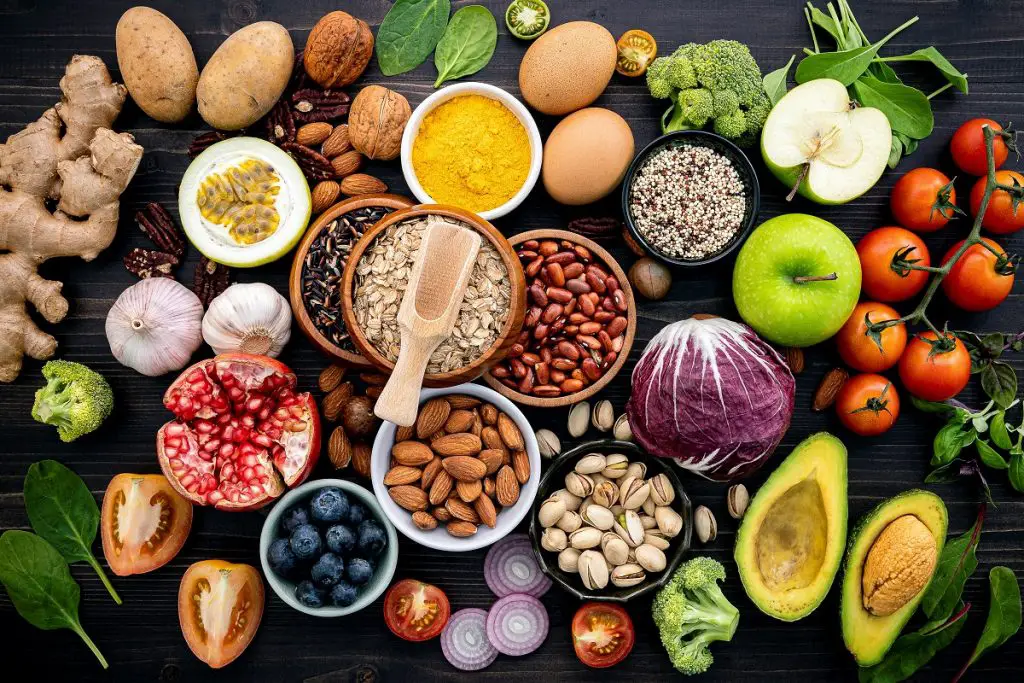In 2011, the UN-FAO estimated that Sub-Saharan Africa (SSA) lost as much as 37 per cent of food produced between production and consumption.
Numbers showed that 20.5 per cent of cereals were wasted and since then nothing much has changed. African farmers- especially smallholder producers continue losing their food after harvesting due to either poor storage, the superficial lack of a market or lack of transportation.
Globally, one-third of food produced is lost which represents 1.3 billion tonnes of food per year in a world where over 870 million people go hungry.
Most of Africa is highly food insecure despite all the food that goes to waste. This means that millions are subjected to avoidable hunger since there is an excess that is discarded for whatever reason.
Counting the cost: Aflatoxin invasion and Africa’s food insecurity
The biggest culprit in post-harvest losses (PHL) is poor storage which leaves most of the food spoiled and unsuitable for human consumption.
A key pathway to food and nutrition security in SSA is reducing PHL where FAO’s estimate is eight per cent for post-harvest handling and storage loss only. The losses experienced after harvesting is through grains that are broken, insect, rodent and mould damage as well as discoloured grain and foreign matter in produce according to the African Postharvest Losses Information System (APHLIS).
According to the report, grain losses in SSA were estimated at US$4 billion. This value could more than triple if all the food categories were accounted for.
Interesting to note is that the magnitude of the food loss exceeds the value of total food aid received in SSA over the previous decade.
The losses were also the commensurate value of the annual cereal imports to the region.
In addition, the losses are estimated to be equivalent to the annual caloric requirement of 48 million people meaning that in 2017, the 37 million people at risk of starvation could have been well taken of had the food not been lost through PHL.
The International Development Research Centre (IDRC) concurs that reducing post-harvest losses can help increase food availability and improve access to food, nutritional quality, food safety, and farmers’ incomes.
IDRC notes that challenges along the food chain from farm to fork jeopardize the food security of resource-poor farmers.
With these numbers, challenges the continent faces regarding food security keep evolving making it a tough call to feed the 1.2 billion people on the continent.
To ensure that Africa does not starve to death especially post covid-19, embracing technologies that will ensure that no food is wasted would be timely now more than ever.
Crop insurance to ensure food security and poverty reduction
Smallholders in SSA could increase their incomes by adopting cost-effective technologies to help tackle PHL with the FAO noting that these losses occasion farmers about a 15 per cent dent in their earnings.
A report released by the International Food Policy Research Institute (IFPRI) in March 2018 noted that farmers could save their produce by using technologies like the Purdue Improved Cowpea Storage (PICS) bags, Zero Energy Cool Chambers (ZECC) and metal silos.
With the pandemic already having hit the continent and with the numbers growing daily, the Economic Community of West African States (ECOWAS) says that the coronavirus impact could see the number of people at risk of food insecurity and malnutrition jump from 17 million to 50 million between June and August 2020.
Oxfam and eight other organisations in the ECOWAS region say that food workers are struggling to continue with their activities and are now confronted with the additional threat to their livelihoods.
Already, many communities are currently facing difficulties accessing food markets as prices keep on an upward trajectory making it a challenge to afford many basic commodities which are becoming less available.
With insecurity now compounded by the virus pandemic, the fragile food situation is threatened by market stability. In countries facing humanitarian crises, access to food has become very difficult. In countries like Burkina-Faso and Niger, humanitarian aid is not reaching those in need and when it does, it is not covering the food needs of thousands of displaced persons.
The agricultural season is also beginning in the region but producers and farmers are facing difficulties accessing quality seeds and fertilizers.
As an illustration of how bad a situation it could become, 30.5 per cent of West Africa’s economy is devoted to agriculture which is the largest source of income and livelihood for 70-80 per cent of the population.
Governments are moving in to help overcome the crisis with farmers hoping that the decision-makers and citizens will encourage more local production and consumption.
